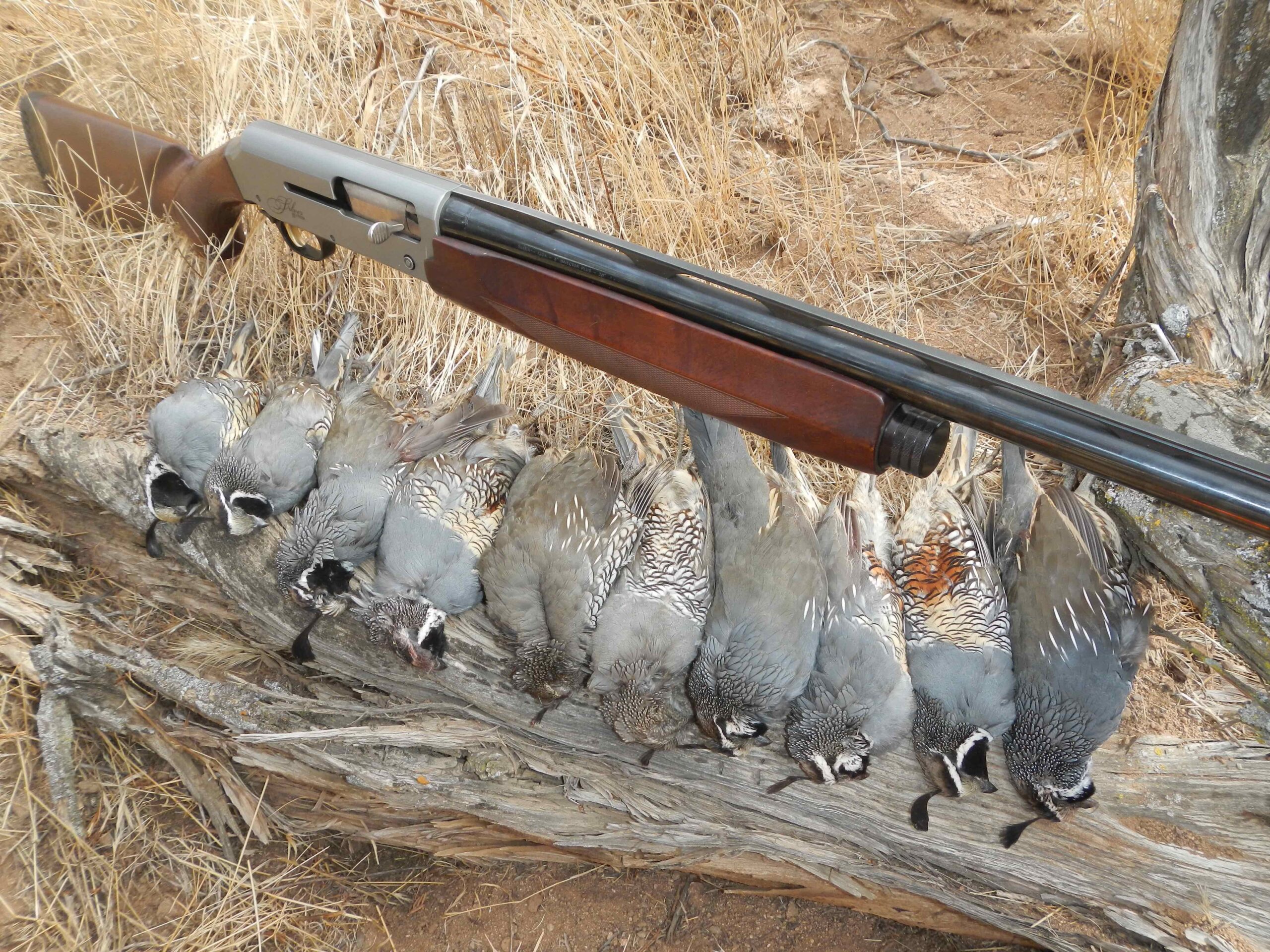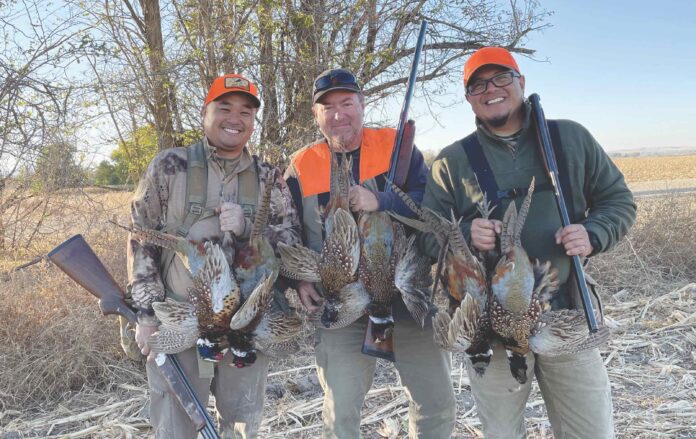
By Tim E. Hovey
WON Staff Writer
I’ve hunted upland game all over the western United States. In some spots, I had no previous experience hunting the area. However, in most cases, I could find birds by looking for some basic upland necessities. Whether it’s local spots I know or new spots, here’s how I find and hunt upland game.
1 LOOK FOR WATER
Almost all ground-dwelling birds like quail, chukar, pheasant and Hungarian partridge, or hun, need to visit a water source usually twice a day. That means they will not be very far from water during their daily activities. So, when I get to the hunting grounds, the first thing I do is identify an area that will hold water.
Water seeps or small springs can easily be identified over the landscape. The first thing I look for is wherever the vegetation is greenest. This usually occurs in small canyons or creases in hills or mountains. A constant source of water will keep vegetation green throughout the year and will attract all types of wildlife, including upland birds.
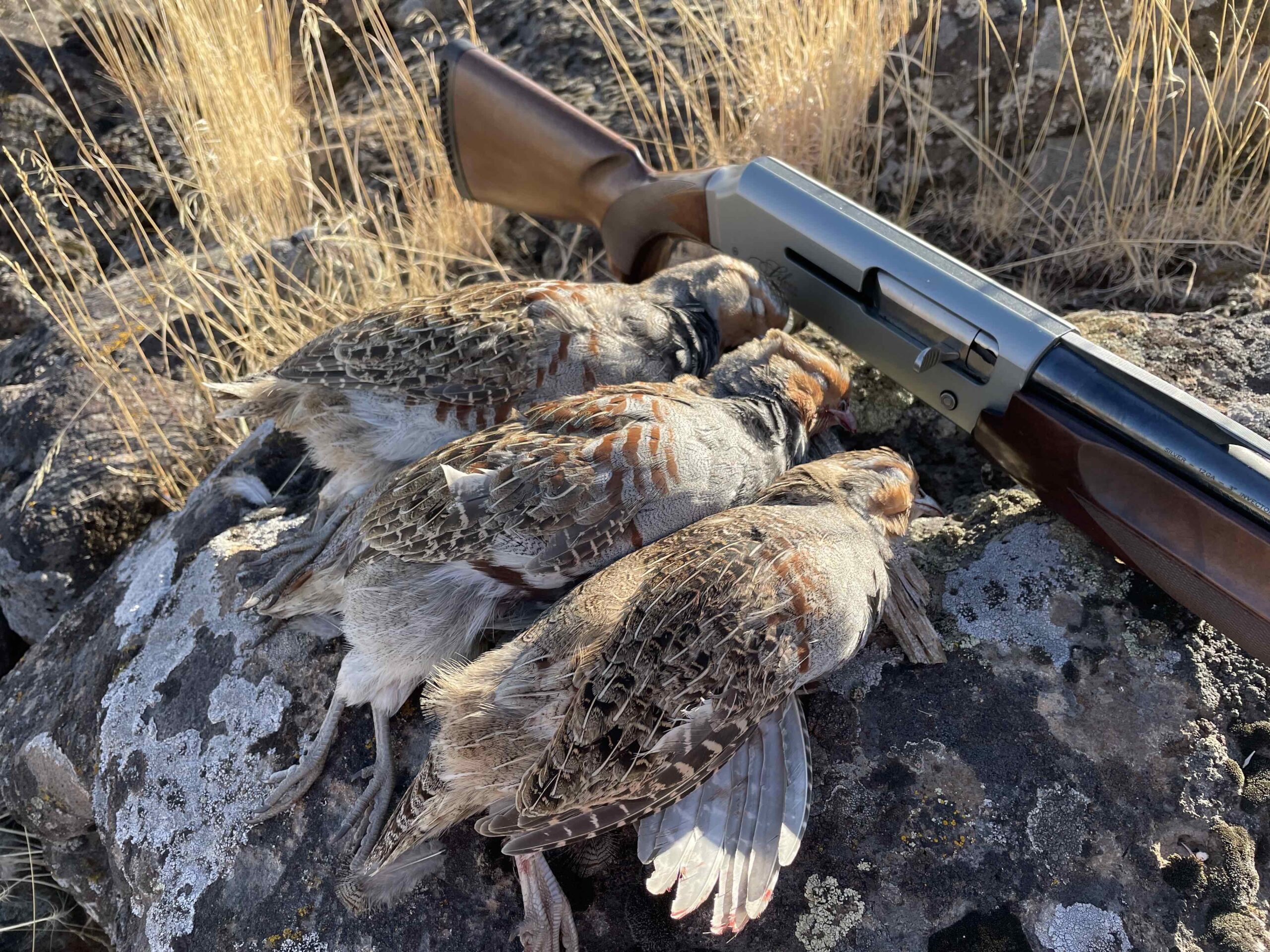
Being ground birds, upland species need ground cover to hide from predators. They also feed mostly on ground forage and the leaves and seeds of most ground plants like sage. Finding this type of habitat nearby or closely associated with a water source is the
second thing I look for when searching for upland birds.
2 LOOK FOR HABITAT
These low sage areas are perfect for upland birds like quail to hide in and feed around. Searching closer, if birds are using these areas, the surrounding terrain will be covered in fresh bird prints. The tracks themselves often look like they have no set direction or purpose, but their presence is a sure sign that birds are around.
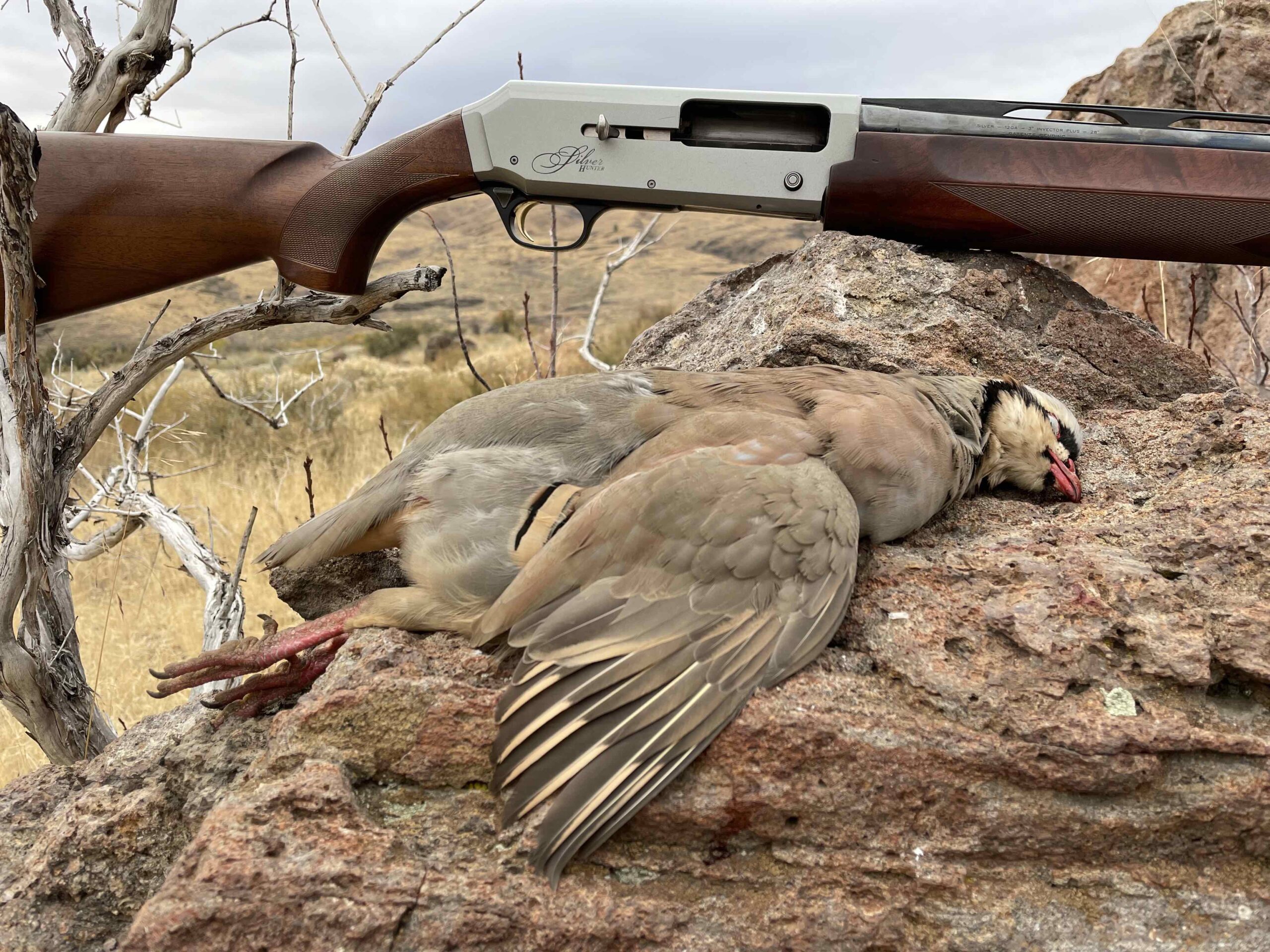
Ground birds will often dust themselves to combat small feather parasites. These dust sites can be easy to spot if you know what to look for. In areas of silty dirt, look for depressions in the ground surrounded by bird prints. Often these dust bath areas are in groups, with several depressions concentrated together.
3 LISTEN FOR CALLS
Ground birds like quail and chukar rely on vocals to gather birds together when they become dispersed. This can happen immediately after they fly off their morning roost, or after a predator has scattered the covey. Regardless of why they were scattered, a great time to locate birds in any area is to listen for the sentinel call in the early morning.
The call sounds very much like the word Chi-ca-go repeated over and over. Chukar have a more repetitive call that sounds like kak-kak-kak-kak, again repeated. Both species have nervous putterings that can be heard as they move away from danger without flushing. Most flushes of ground birds are sudden, loud and purposefully distracting.
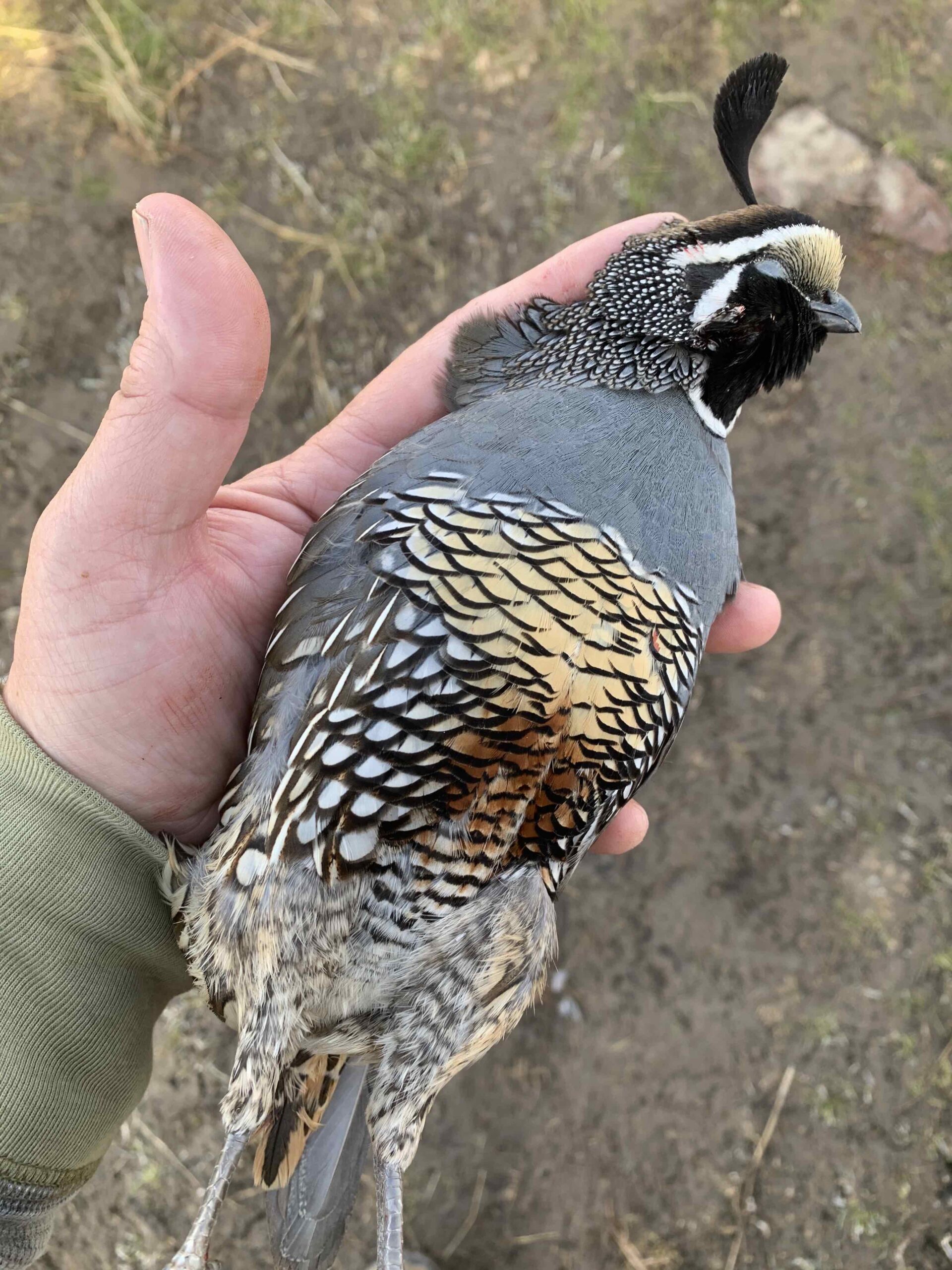
Familiarize yourself with game bird calls and get out there early. If you hear sentinel quail calling or the repetitive call of a chukar near good habitat and water, it’s time to grab your shotgun and start walking.
4 BE READY FOR THE FLUSH
As mentioned, the flush of game birds is explosive and distracting for a reason — when grouped, game birds know that there is safety in numbers. More sets of eyes can identify potential danger and when things get too close, the group explodes in all directions.
These flushes can be sudden and almost at your feet. Escaping birds often fly in almost all directions, but a majority may try and stay together and land in roughly the same area. In my experience, there are two things to pay attention to during and immediately after a flush.
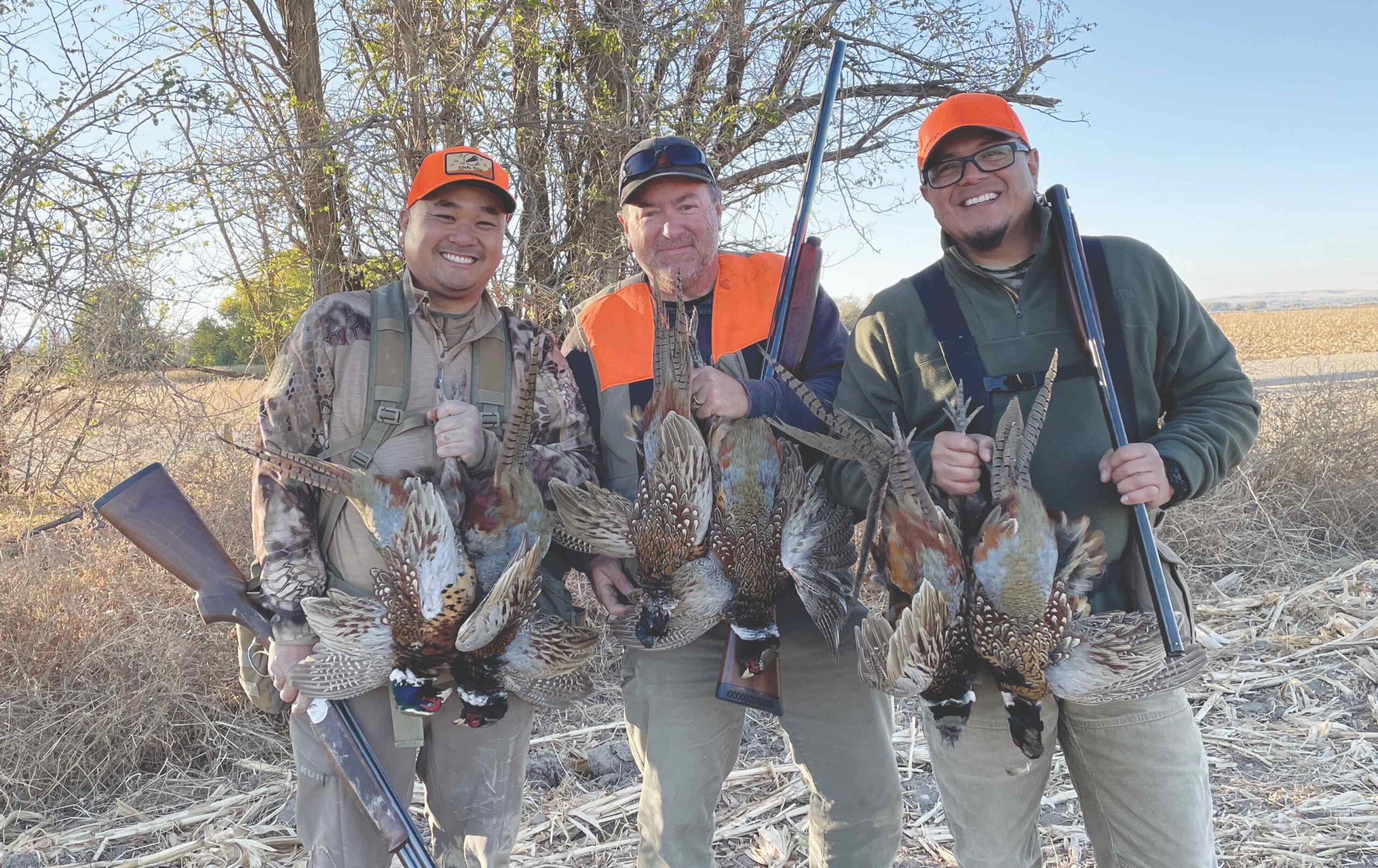
First, watch where a majority of the covey lands. These birds and that landing area can still be hunted moving forward. Second, don’t just assume all the birds escaped during that initial flush. Frequently, stragglers can be flushed if you continue to search that location.
5 SHOOT STRAIGHT
The preferred mode of travel for upland game birds is usually walking or running. When flushed or startled, they fly short distances to escape. Actually, once airborne, they do more gliding than actual flying. Being chubby ground birds, these glide or flight paths are almost always in a relative straight line. Picking out a single bird and tracking it for the shot is challenging but knowing they won’t be performing any dove-like maneuvers to escape should make for an easier shot.
Most upland birds are also low flyers, staying only six feet or so above the ground during the flushes. Knowing the escape strategy of upland birds can go a long way in putting a few in your bag. Shooting straight and being consistent when it comes to tracking fleeing birds will sharpen your shooting skills as well.
